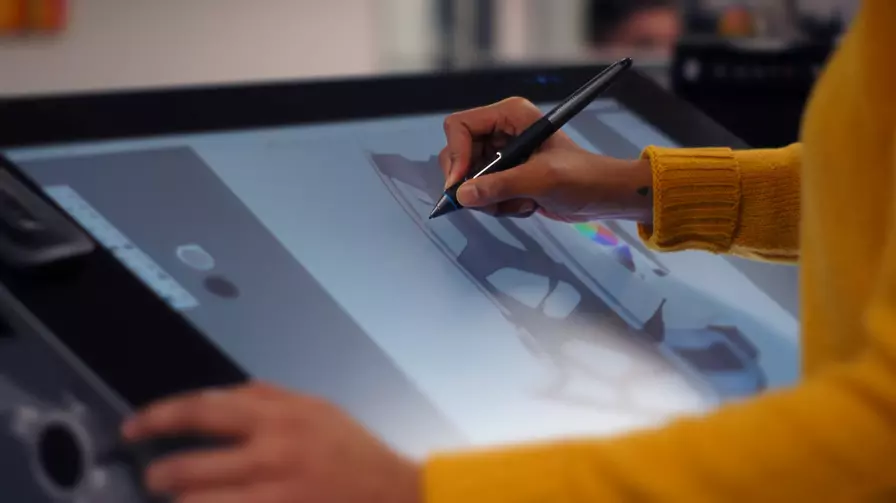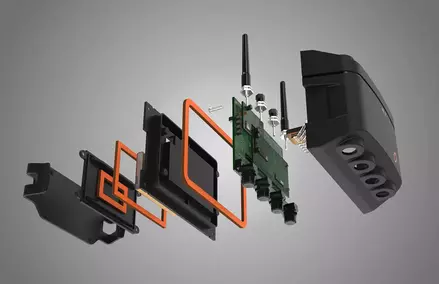Let's Work Together
Our team of experienced designers and engineers can help bring your vision to life.
Once you’ve successfully completed the product definition activities in Phase Zero of the product development process, it’s time to move on to Phase One. In this blog, we’ll discuss best practices for Phase One and why it’s critical that industrial designers and engineers work together to move through the proof-of-concept efforts of this phase.
 In Phase One of the product development process, it’s up to your industrial design and engineering team to take the research, ideas, and concepts from Phase Zero and begin moving toward a functional prototype design.
In Phase One of the product development process, it’s up to your industrial design and engineering team to take the research, ideas, and concepts from Phase Zero and begin moving toward a functional prototype design.
This is the proof-of-concept phase. It’s all about de-risking the most critical elements of the product and proving to yourself that there is a feasible path forward.
It’s critical that your industrial designers and engineers are working closely during this phase. All of your product’s design features are established based on product requirements.
While your engineers are building out rough computer-aided design (CAD) and creating early prototype designs, your industrial design team can use that information to adjust the product’s design and create sketches of the product.
This is where collaboration really shines: as your engineers learn more about the product’s key mechanisms and functionality, those learnings can be fed directly back into the industrial design process. This phase works best when the design process is iterative, collaborative, and evolutionary.
Related Reading: Industrial Design Firm: When to Bring in a Design Partner
During this phase of the product development plan, it’s also not uncommon to build a “works-like” model and a “looks-like” model of the product. The “works-like” model should demonstrate the functionality but not the final look of the product. The “looks-like” model does the opposite; it demonstrates the form but not the product’s functionality.
This phase serves as a refinery, where all of the concepts and research from Phase Zero are fleshed out and ran through their paces. On the other side of this phase, you should end up with a cohesive product that meets its requirements.
If this phase is rushed – or skipped altogether – trouble with the product’s design could show up down the road, leading to production delays or burdensome costs.
Phase One of the product development process also helps to facilitate innovation. Through testing and prototyping, your industrial design and engineering teams may come up with more elegant and efficient designs to meet your product’s requirements.
Learn more about working with an Industrial Design Company
Tackle this first!
If so, come up with an alternate approach and pursue both designs, resources permitting.
Depending on the feature, spending a lot of time on refinement at this stage may not translate to time saved down the road. For now, focus on meeting your basic requirements for every feature.
An important and essential question for any and all phases of the product development process – this will help to keep your product’s users top-of-mind.
It is worth looking at the target market and evaluating which features are critical and which need to be adjusted.
Establish your testing standards and hold your designs accountable to those standards.
Read More About Medical Device Regulations
Here is a list of things you should aim to accomplish during your Phase One activities:
Related Reading: Verification vs. Validation Testing: Product Development Checks & Balances
 There is a lot of important work that goes into Phase One of the product development process. Maybe you’ve done the work required for product definition, but you’re stuck when it comes to developing and testing early prototypes to prove your concept.
There is a lot of important work that goes into Phase One of the product development process. Maybe you’ve done the work required for product definition, but you’re stuck when it comes to developing and testing early prototypes to prove your concept.
No problem – by partnering with a product development company, all phases in the product development plan can be streamlined to accelerate time to market, reduce waste, and meet regulations.
At Goddard Inc., our team of engineers and designers are well-versed in Phase One activities for medical device development, life sciences and diagnostics, and high-tech consumer and industrial technologies.
From concept to production, our highly-skilled engineers and designers deliver a competitive difference with our on-site partnership model, quality commitment, collaborative expertise, and unique employee development programs.
Tell us about your project and let’s begin a conversation about creating products with technical precision and elegant design.
Our team of experienced designers and engineers can help bring your vision to life.